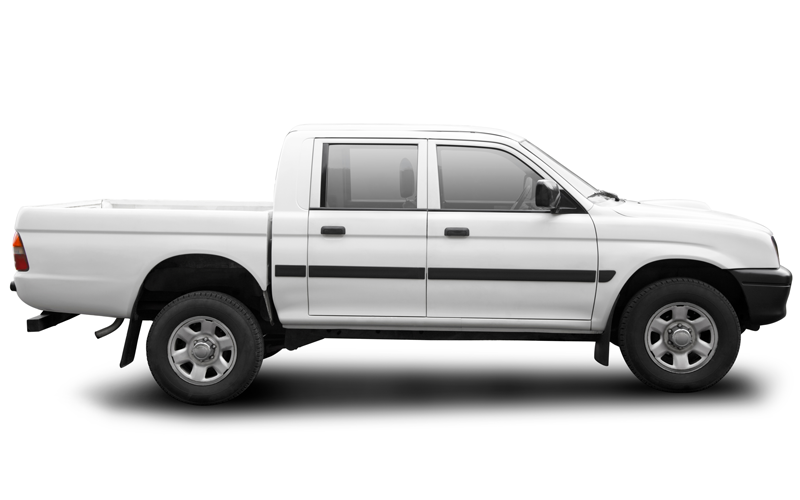
Speed limits for crew-cab vehicles
A recent safety and assurance bulletin by the Forestry Industry Safety Accord (FISA) highlighted the different speed limits that apply to pick-up and crew-cab vehicles commonly used by industry members. The Association has used this information to help members of the landscape industry identify whether they are also affected.
The pickup and crew cab variants of vehicles have become increasingly common over recent years, both as a working vehicle used to tow materials and equipment as well as by supervisors and managers primarily on-road to travel between home and office.
This category of vehicle has traditionally been called ‘dual-purpose’ and fits within the following definition provided by the Department for Transport:
A dual-purpose vehicle is a vehicle constructed or adapted for the carriage both of passengers and of goods and designed to weigh no more than 2,040kg when unladen, and is either:
- constructed or adapted so that the driving power of the engine is, or can be selected to be, transmitted to all wheels of the vehicle
or
- permanently fitted with a rigid roof, at least one row of transverse passenger seats to the rear of the driver’s seat and will have side and rear windows - there must also be a minimum ratio between the size of passenger and stowage areas
Vehicles which meet this definition are subject to the same speed limits as passenger cars.
Key to this definition is the unladen weight limit of 2,040kg.
As most members will be aware, the weight of all vehicles has steadily increased over recent years. Most modern pick-up and crew-cab vehicles now feature luxuries such as air conditioning, superior sound insulation and seating together with modern essentials such as improved crash protection and emission control.
The result of this improved specification is the increase in unladen weight of many dual-purpose vehicles beyond 2,040 kg. Beyond this threshold, crew-cab and pickup vehicles fit into different category (light commercial vehicles), which means they are subject to the same speed limits as light commercial goods vehicles.
It is important for members to check the unladen weight of any crew-cab vehicles they own, since models produced by different manufacturers often fall either side of the 'dual-purpose' category. For example:
- The Toyota Hilux Double Cab 2.4 Diesel has an unladen weight starting at 2,105kg, and so Goods Vehicle speed limits apply.
- The Isuzu D-Max Double Cab has an unladen weight of 2000kg, rising to 2030kg for the automatic, so just under the limit for dual purpose vehicles.
Note: Single-cab pickup trucks (those with only two doors and no second row of seats) without four-wheel drive are not considered dual-purpose and can only drive at the same speed as vans.
Further reading:
Forestry Industry Safety Accord: Safety Alert
Department for Transport: Dual Purpose Vehicles
Assessment criteria for vehicles
